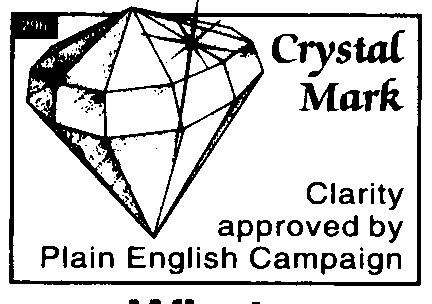
|
|
What you should know about
Humulin in bottles (vials)
Please read this leaflet carefully before you start to use your insulin. It does not contain all the information about your insulin that you may need to know, so please ask your doctor, pharmacist or diabetes nurse specialist if you have any questions. This leaflet only applies to Humulin vials
.|
What is in your insulin Your medicine is called Humulin. It is a brand of human insulin. Its strength is 100 units per ml (U-100), and each bottle contains 10ml (1000 units). There are 9 types of Humulin which you can get in bottles. They have different ingredients as follows: |
|
|
|
Humulin S (Soluble): A sterile,, clear, colourless liquid of human insulin dissolved in water - with a pH of between 7.0 and 7.8. Humulin S contains m-cresol as a preservative and glycerol. |
|
|
Humulin I (Isophane): A sterile suspension of white crystals of isophane human insulin in an isotonic phosphate liquid with a pH of 6.9-7.5. |
|
|
Humulin Lente (Zinc suspension): A sterile suspension of human insulin zinc in liquid with a pH of 7.0-7.8. The insulin is 70% crystals. |
|
|
Humulin Zn (Zinc suspension): A sterile, white suspension of human insulin zinc crystals in a liquid with a pH of 7.0-7.8. |
|
|
Humulin M1: A sterile suspension of human insulin. The mixture is 10% soluble insulin and 90% isophane insulin. |
|
|
Humulin M2: A sterile suspension of human insulin. The mixture is 20% soluble and 80% isophane. |
|
|
Humulin M3: A sterile suspension of human insulin. The mixture is 30% soluble and 70% isophane. |
|
|
Humulin M4: A sterile suspension of human insulin. The mixture is 40% soluble and 60% isophane. |
|
|
Humulin M5: A sterile suspension of human insulin. The mixture is 50% soluble and 50% isophane. |
|
Humulin I and the M mixtures contain m-cresol, phenol, protamine, glycerol, zinc oxide and dibasic sodium phosphate. Humulin Lente and Humulin Zn contain methyl parahydroxybenzoate, zinc oxide, sodium chloride and sodium acetate. |
|
Use the type of Humulin that your doctor has told you to. Do not change your insulin unless you are told to by your doctor or nurse, and then only cautiously. Each type of insulin has a different colour and symbol on the pack and the bottle so that you can easily tell the difference.
|
|
|
Humulin S (Soluble) |
|
|
|
Humulin I (Isophane) |
|
|
|
Humulin Lente (Zinc suspension) |
|
|
|
Humulin Zn (Zinc suspension) |
|
|
|
Humulin M1 (10% Soluble and 90% Isophane) |
|
|
|
Humulin M2 (20% Soluble and 80% Isophane) |
|
|
|
Humulin M3 (30% Soluble and 70% Isophane) |
|
|
|
Humulin M4 (40% Soluble and 60% Isophane) |
|
|
|
Humulin M5 (50% Soluble and 50% Isophane) |
|
|
This is the Humulin S pack. For other Humulin S - see colours and symbols above |
Always check the pack and the bottle label for the name and type of the insulin when you get it from your pharmacy. Make sure it is the type of Humulin that your doctor has told you to use.
Human insulin is a natural hormone and is made by the human body's pancreas. Humulin is made in the laboratory by a 'recombinant DNA technology' process and has the same structure as the natural hormone. It is therefore different from animal source insulins.
Humulin is made by Lilly France SA, Rue du Colonel Lilly, 67640 Fegersheim, France. The product licence is held by Lilly Industries Limited, Dextra Court, Chapel Hill, Basingstoke, Hampshire RG21 2SY
|
Why Humulin? You get diabetes if your pancreas does not make enough insulin to control the level of glucose in your blood. Humulin is a substitute for your own Insulin. |
|
Before injecting your insulin Make sure it is safe for you to use Humulin.
If you answer YES to any of the following questions, tell your doctor, pharmacist or diabetes nurse specialist.
You should also tell your doctor, pharmacist or diabetes nurse specialist if you are planning to go abroad because the time differences between countries may mean that the timing of your injections and meals will have to be different from when you are at home. |
|
Please read the back of this leaflet |
|
continued
What you should know about Humulin in bottles - continued
|
Using your insulin
|
continued